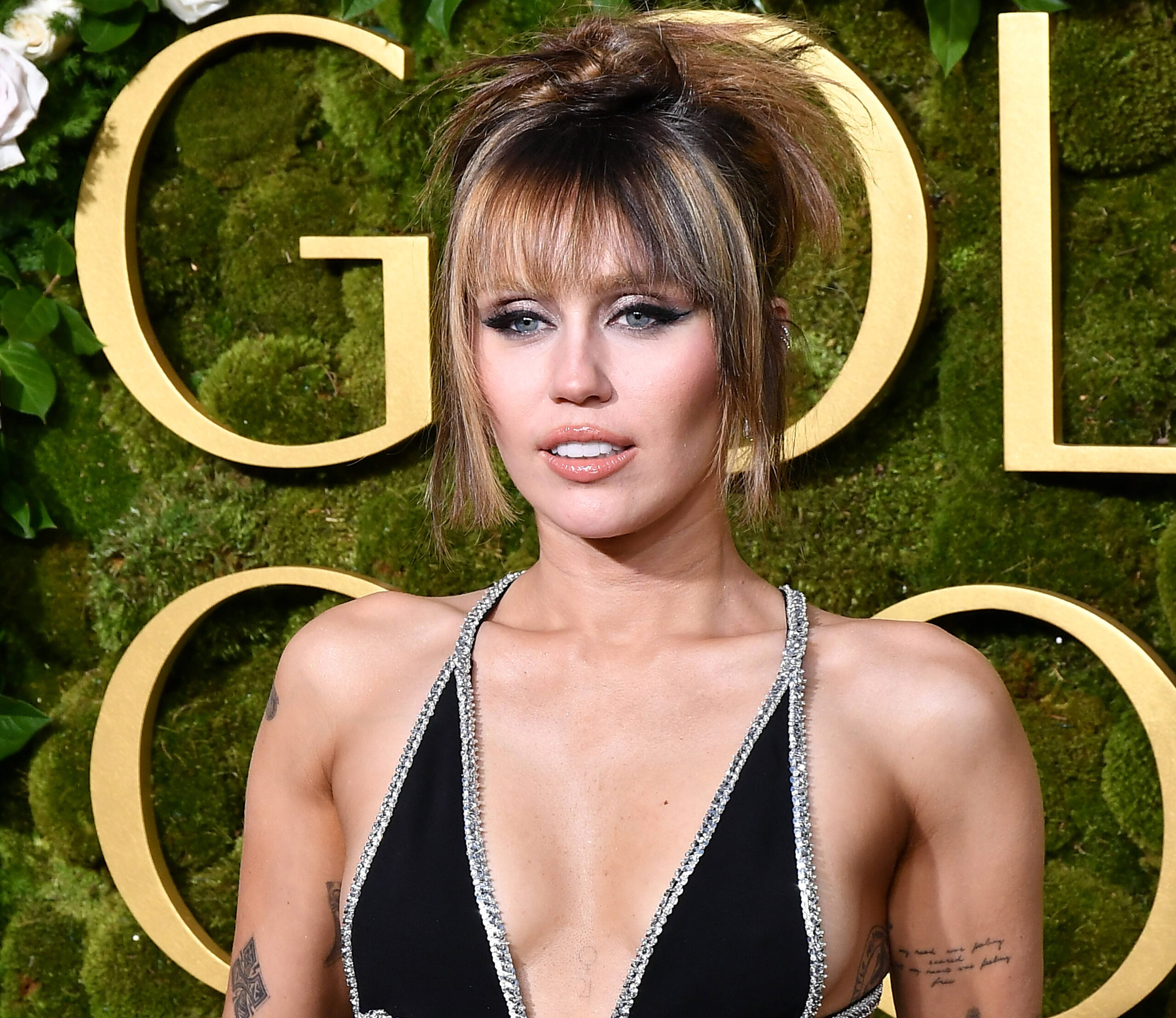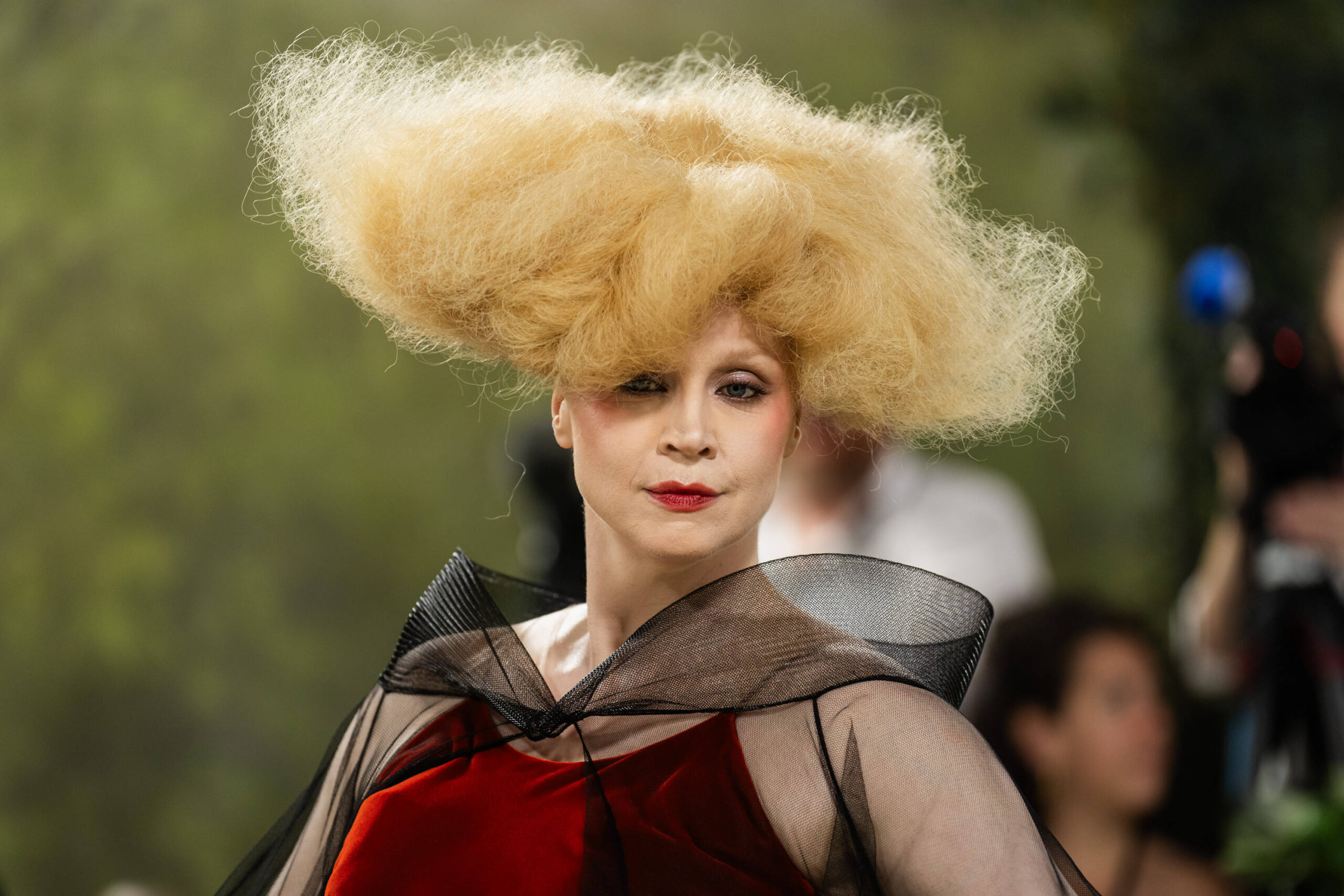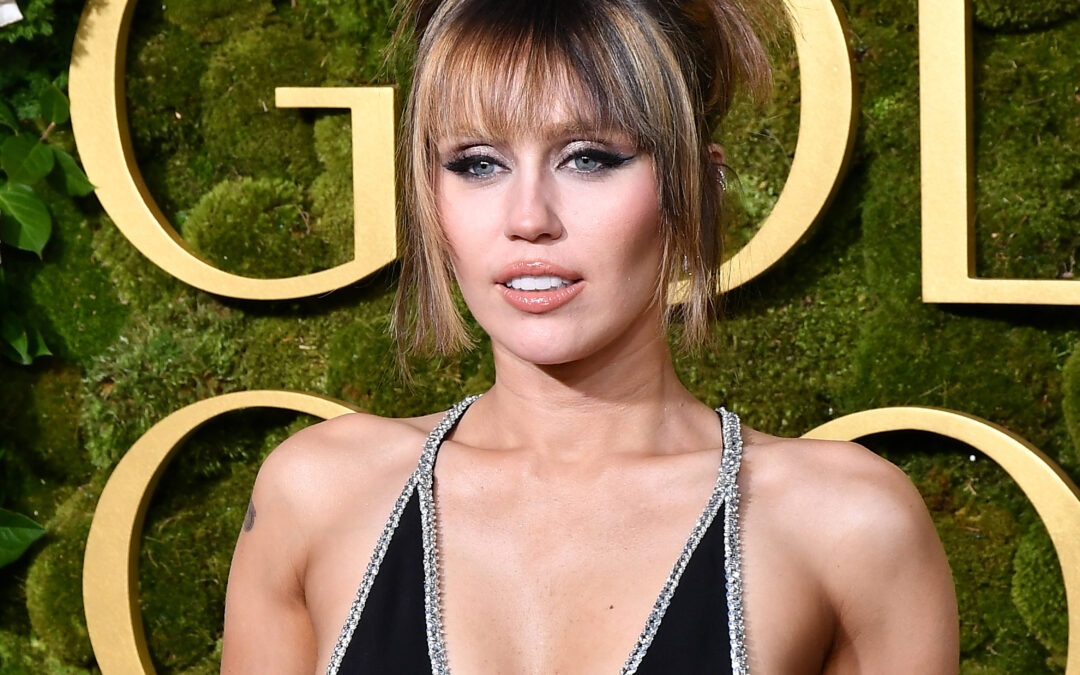Androgynosexuality is the fastest-growing sexuality right now
But what does it mean?
Words by Lydia Spencer-Elliot

Many words were thrust to the forefront of our collective vocabularies in 2024. Demure (being very cutesy, very mindful), brat (of Charli XCX fame), and brain rot (deteriorating your intellectual state by spending too much time on TikTok) to name a few. And already 2025 is no different – there’s a new term to get familiar with: androgynosexual, which was the fastest-growing sexuality of last year.
According to new data from Feeld – a booming dating app for the sexually adventurous – the number of people identifying as androgynosexual has increased by 250 per cent since last year. Androgynosexual people feel sexual, romantic and/or emotional attraction to those with both masculine and feminine features. Not to be confused with androsexual, which means being primarily attracted to masculinity.
So, how come there’s been a rise in the number of people identifying as androgynosexual?
The increase in people who identify as androgynosexual could simply be down to those who feel attracted to androgynous people finally having the terminology to describe how they feel, says Dr Natasha McKeever, Lecturer and Co-Director of The Centre for Love, Sex and Relationships (CLSR) at the University of Leeds. “It could be that many people have been attracted to others who were androgynous in the past, but there wasn’t a word to describe this kind of attraction,” she explains. “Having more words to describe who we think we are and what we like really helps with [making communication easier].”
‘Happy birthday to the most beautiful super bad iconic muse inspirational talented artist masters degree in architecture 140 IQ’
Recently, when one Reddit user asked members of the r/bisexual community whether anybody felt “ridiculously attracted to” androgynous people, they received many positive and assured responses: “I just had a serious AH-HA moment,” one user replied. “This is exactly what I’m into and I never realised,” another person added. “Dude, yes. So much… You’re definitely not alone there,” said a third.
Dr McKeever adds that being able to see those who don’t subscribe to gender norms on an increasingly regular basis may be shifting what we find sexy. “There is more representation and acceptance of people who don’t conform to gender stereotypes, and of people who are gender ambiguous,” she says of the societal shift towards non binary gender. “And what we see around us influences our desire.”
When we say ‘people with masculine and feminine features’ – what exactly does that mean?
Androgyny is the combination of the Ancient Greek ‘andro’ (man) and ‘gyne’ (woman). Although androgynosexual attraction can include identities like gender neutral, non-binary, and bigender, the exact definition of what an androgynous person looks like will be different depending on who you’re talking to. And, as always, the way someone dresses doesn’t define their gender or orientation.
Game of Thrones star Gwendoline Christie, Oscar-winner Tilda Swinton and “Flowers” singer Miley Cyrus have all openly discussed their androgyny. “I’m just equal,” Cyrus told Billboard in 2015. “I’m just even. It has nothing to do with any parts of me or how I dress or how I look. It’s literally just how I feel.”

“Each person’s definition of androgynous can and will vary — what one person considers to be significantly masculine or feminine characteristics may be different than what another person considers,” Dr McKeever says. “Just as what heterosexuals are attracted to (appearance, demeanour, genitalia etc) vary from person to person, I’d expect to also see variation in what androgynosexuals are attracted to as well.”
Dr McKeever points out that identifying as androgynosexual may not happen in a lightbulb moment like it has for some on Reddit. “I don’t know if being androgynosexual is something you would necessarily ‘discover’ about yourself,” she says. “Research hasn’t been done on androgynosexuality yet, so we know little about it. It could be that a person might be androgynosexual for a period of time, rather than for their whole life. But essentially, if someone found that they were predominantly attracted to others who had a gender-ambiguous appearance or demeanour, then they might want to identify as androgynosexual.”
Why is the rise in androgynosexual identification important?
Like many other more recently recognised sexual identities, dating coach and relationship expert James Pearce says androgynosexuality may allow for a far freer dating experience, and can sometimes go alongside identifying as bisexual or pansexual, as androgynosexuality isn’t about being attracted to a certain gender. “Androgynosexuality allows for the exploration of personality, experience, and emotional connection before biological matters intervene,” he says. “And for many, that’s deeply attractive because there is nothing more appealing than the complete self-confidence that comes from truly being yourself.”
Prior to having the terminology to describe androgynosexuality, many people were left feeling lost when trying to identify their desires. “I am primarily attracted to androgynous-presenting individuals,” one 35-year-old woman told the r/genderqueer Reddit forum of her “relatively recent revelation”, which led to her current partner grilling her about what exactly this meant. “I tried to come up with a specific thing that I liked and it was hard to do,” she stressed. “I like both male-bodied individuals whose style is more feminine and female-bodied individuals whose style is more masculine.”
To a group of hundreds of strangers online, who did their best to reassure her, the woman worried she would be judged for her unarticulable type: “It isn’t a specific characteristic or attribute that I am attracted to,” she said. “The truth is…I don’t know why I desire the people I am attracted to….I like what I like.”
Pearce points out that the more terms we have to describe our ever-evolving sexual preferences, the better: “Having the right language to describe one’s orientation can lead to greater self-awareness, confidence, and healthier relationships,” he says. “Once you understand who you are and what matters to you, it’s easier to identify and connect to the people around you who can best help you to be happy.
“As a coach, I believe that whenever singles seek partners on a deeper level – personality, values, emotional connection – rather than cosmetics and perceived gender norms, they become far more successful at finding lasting partners,” he adds. “Androgynosexuality could play a large part in that.”
Photo: IMAGO

